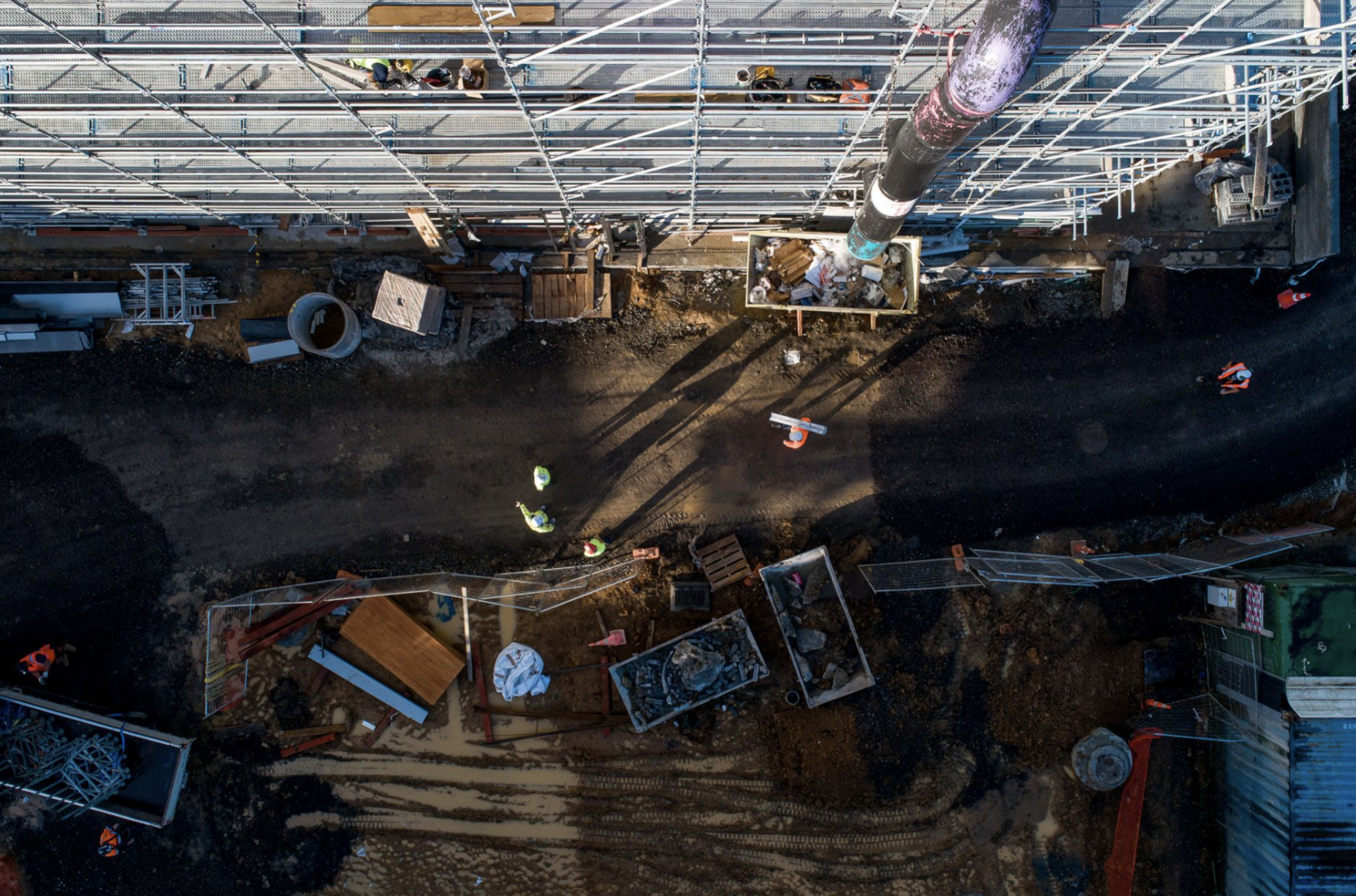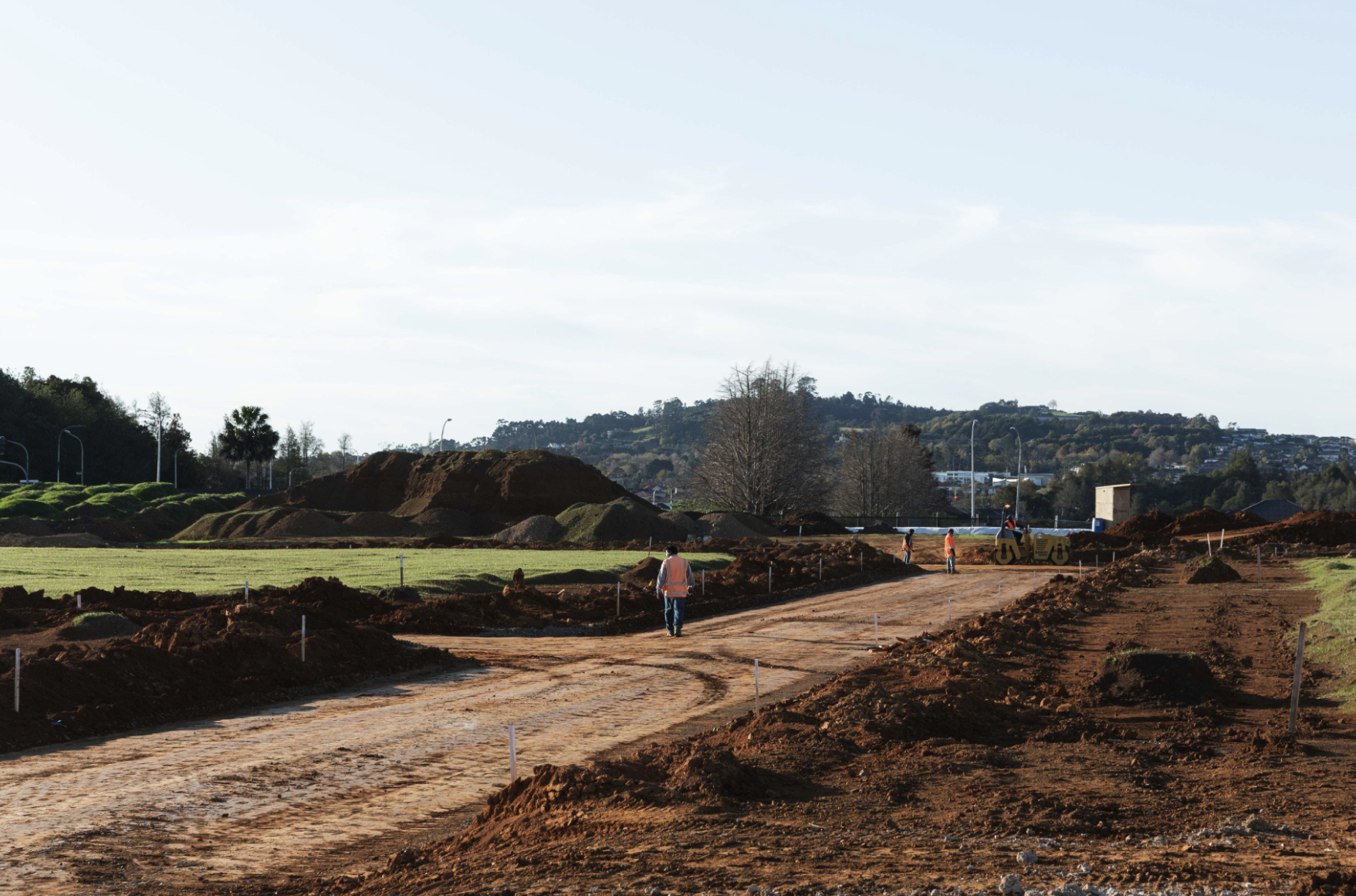The presence of non-banks in the development space is now well established. Growth has been driven by existing participants increasing their exposure as well as new NZ privates and offshore lenders entering the market. With the increasing number of participants, it’s prudent for developers to understand what each may offer and require, particularly in the current market.
So what should developers look out for?

Does the lender have funds available?
Some lenders won’t have balance sheet capacity and will look to raise funds for the transaction. The outcome of a developer’s funding application should be determined on the merits of the project, not on the lender’s ability to raise funds.
Issues with supply chains and council response times are having an impact on programmes and therefore repayments. Has the lender over-extended and reliant on a repayment prior to a drawdown, or does it have the funding readily available?
What are the approval and drawdown processes?
A developer will want up-front clarity on how soon a lender can turn around the application; who the key decision makers are; where they are based; if they have transacted in New Zealand before and if so, what type of transactions.
Drawn-out processes that don’t ultimately proceed waste time and potentially the opportunity, and there is a greater risk of this with a lender inexperienced in the New Zealand market. The developer will naturally want a response and therefore certainty as soon as possible in order to avoid a long arduous process. For projects under $40m, developers should expect a quick turn-around from decision makers. This is likely to come from those with relevant NZ experience rather than those without local intel or yet to transact in New Zealand.
Similarly, when there are no issues, drawdowns should be done promptly so you can pay contractors and professionals on time and maintain strong project relationships.

Does the lender have sufficient experience in the New Zealand market?
Developers should be asking how long the lender has been in the New Zealand development market and clarify the credentials of people on the ground who understand and are sympathetic to the risks facing the local development market (such as the Gib shortage and council processing times). It’s not uncommon to see refinance situations where an offshore or inexperienced lender is threatening (or taking) enforcement action as a result of a well understood risk. A lender with a good understanding of the development market is less likely to take this approach and more likely to work with the developer.
Are global or local events going to impact the lender’s appetite?
External effects such as the Evergrande crisis or the inflationary pressures currently being felt globally can cause a lender to reduce its appetite or exit a market. This pressure can quickly cause a change in the lender’s attitude or approach and it may look to the first opportunity to exit the loan and repatriate funds. Again it's not uncommon to see refinance situations where a lender is threatening enforcement action as it needs to repatriate funds and is unwilling to extend a loan where titles and therefore settlements / repayment are imminent.
In strong or positive market conditions, pricing or relaxed covenants may be more important to a developer than the relationship with the lender. But a development loan should be more than that and other key factors such as those outlined above may ultimately be more valuable than pricing – particularly given current market conditions.

